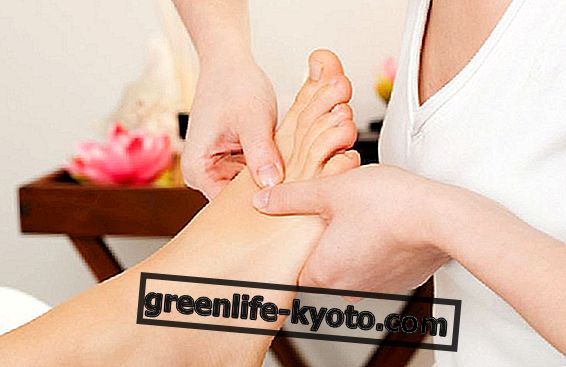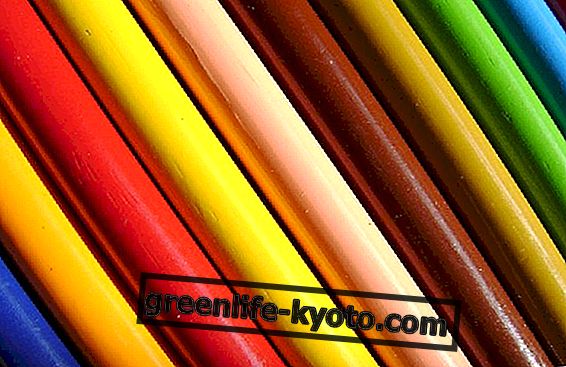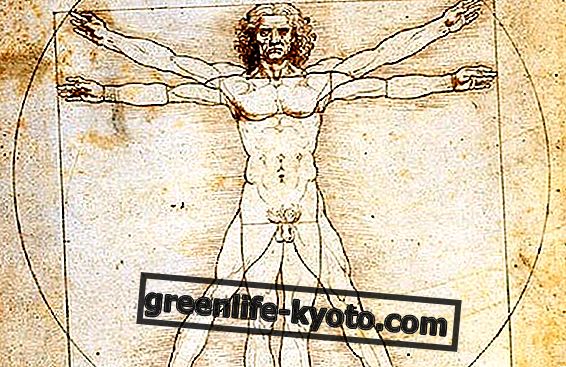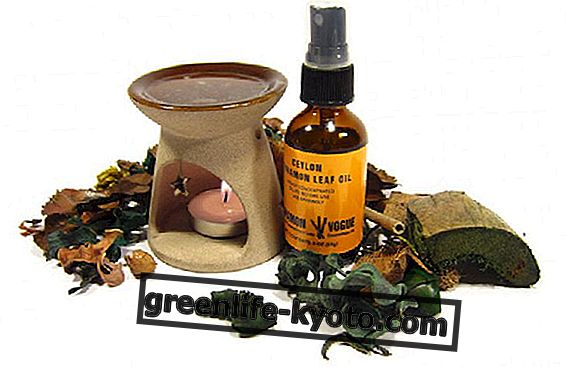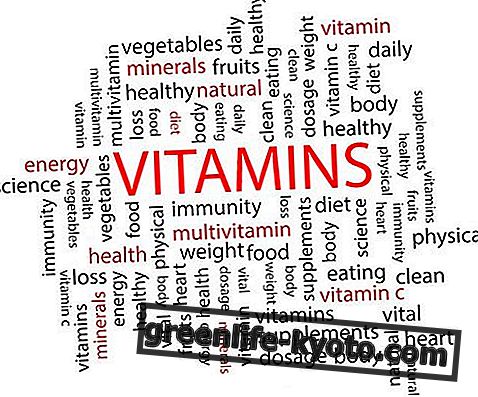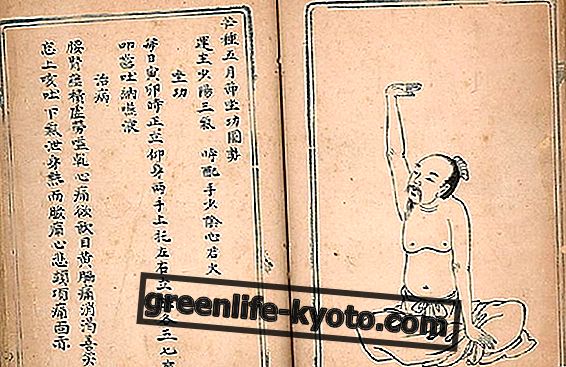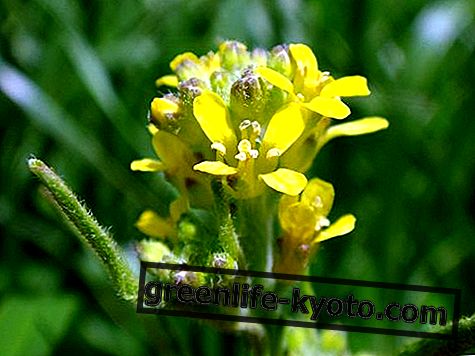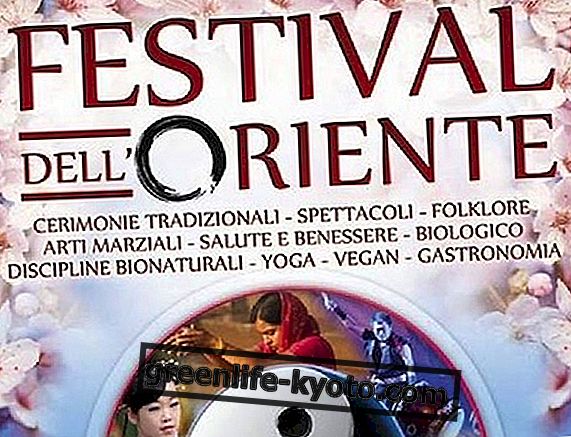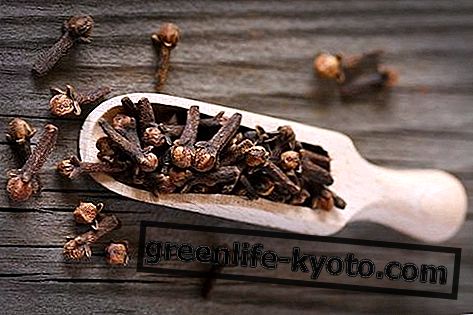
Emulsion creams are creams composed of an oily phase and an aqueous phase: these are the creams that we commonly find on the market and that we can also reproduce at home.
Let 's see what the emulsions are and how to prepare emulsions in emulsion .
What are emulsions
The emulsions consist of two liquid phases in which the dispersed phase is distributed evenly in the form of small droplets in a dispersing phase.
The two phases consist of oily substances and aqueous substances: normally oil and water would separate, but the emulsion creams are stabilized by the use of emulsifying agents . The emulsifier promotes the fragmentation into drops of the liquid which is dispersed in another liquid.
When the dispersed phase consists of an oil and the dispersing phase of aqueous substances, the emulsion is defined as oil in water ; on the contrary, if the water is dispersed in droplets in the oil, the emulsion is defined as water in oil .
The factors that determine which phase will be internal (dispersed) and which external (dispersant) are the ratio between the two phases (the phase present in greater quantities will have a greater tendency to constitute the external phase) and the hydrophilic / lipophilic balance (HBL) of the 'emulsifying.
Making a cream in an emulsion when following a previously formulated recipe is very simple in practice: the difficult part consists in formulating an emulsion from scratch, since it is necessary to make numerous calculations to determine the quantity of ingredients to be used.
How to make gels?
How emulsions are prepared
Preparing an emulsion cream in practice is very simple and is not very different from the preparation of mayonnaise. Different is the discourse related to the formulation, for which excellent knowledge of chemistry is needed: an excellent text to deepen the topic is Manual of cosmetic and dermatological preparations.
Instead, following a recipe already formulated, it is simply necessary to weigh the ingredients using a precision balance and dividing the oily to the aqueous one; the emulsifier will be inserted in the phase in which it is more soluble, as well as the non-thermolabile active ingredients.
After this, the two phases are heated in a double boiler in two different beakers: when the two phases are liquid and at the same temperature, the oily phase is slowly poured into the aqueous one, mixing with a milk frother or a small electric whisk. After a few minutes the ingredients will blend together to form a more or less thick cream, just like the mayonnaise. Then the thermolabile active ingredients are added, including the essential oils, the preservative is added and the pH is adjusted using a solution of caustic soda (to raise the pH) or lactic acid or citric acid to lower the pH.
When preparing a cosmetic at home it is important to work in a clean environment, wear gloves, clean and dry the utensils and jars in which the finished product will be stored. Furthermore it is good to label your creams indicating the preparation date and the list of ingredients.
The creams prepared at home must be consumed within three / six months and must be thrown away if they change color, smell or consistency.
Home-made cosmetics cannot be given to other people, so cosmetic self-production is intended for personal use only.
